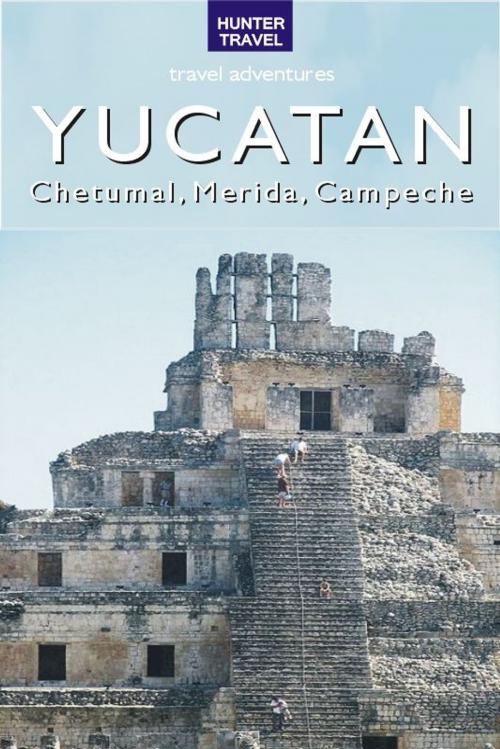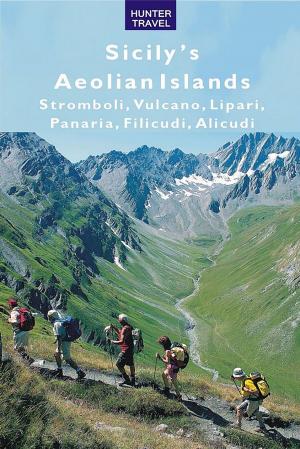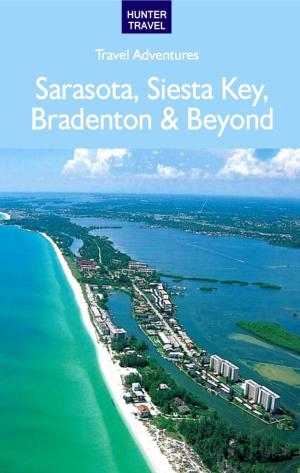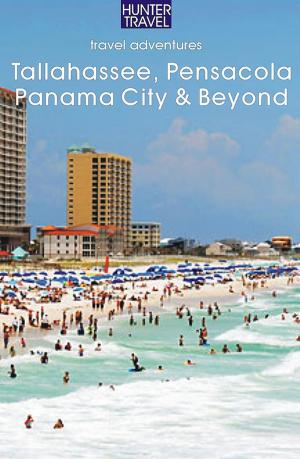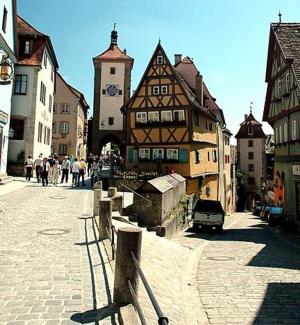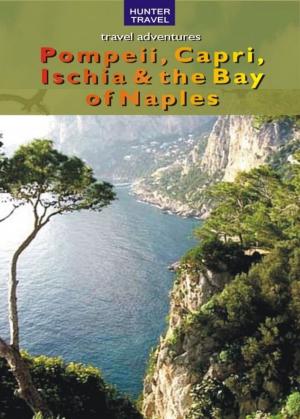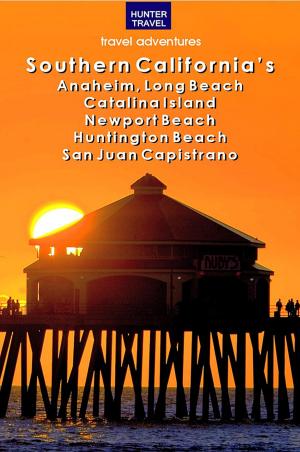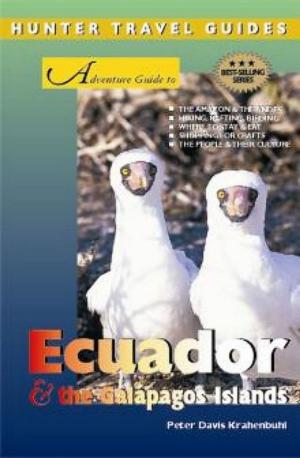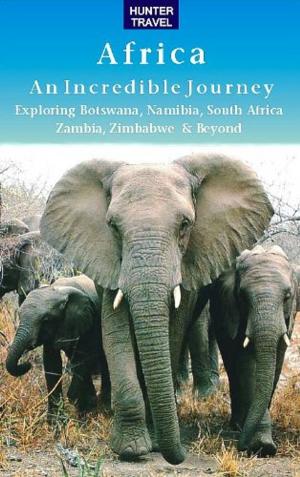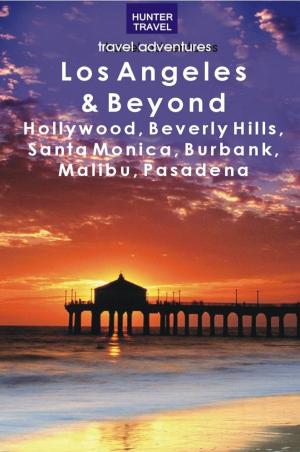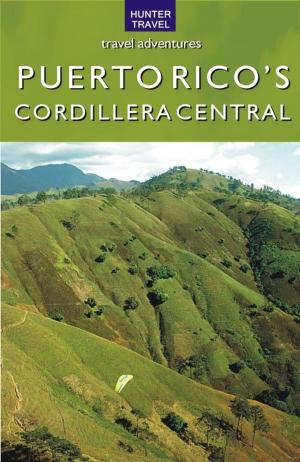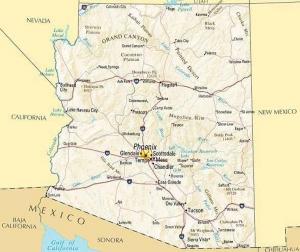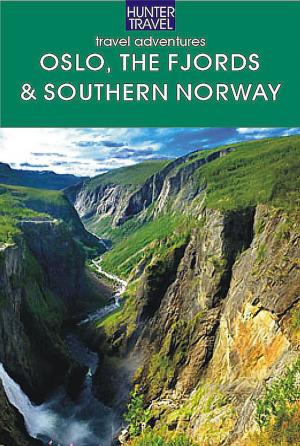Yucatan - Chetumal, Merida & Campeche
Nonfiction, Travel, Caribbean & Latin America, Central America| Author: | Vivien Lougheed | ISBN: | 9781588437341 |
| Publisher: | Hunter Publishing | Publication: | April 12, 2011 |
| Imprint: | Language: | English |
| Author: | Vivien Lougheed |
| ISBN: | 9781588437341 |
| Publisher: | Hunter Publishing |
| Publication: | April 12, 2011 |
| Imprint: | |
| Language: | English |
The border town of Chetumal is the capital of Quintana Roo State and at the most southern section of the Yucatán Peninsula. The mouth of the Rio Hondo is also here. Those coming and going to Belize can change buses or stop for one night, while others may come to shop. It's a pity so few stay longer because there are numerous interesting ruins within a day's journey, the local museum and botanical gardens are good and the Lagoon of Seven Colors is just 20 miles (37 km) from the town center. Bacalar Lagoon, the second-largest in Mexico, is about the same distance away. Just offshore are the Chinchorro reefs, known for their rusting shipwrecks. If you're interested in some of these things, away from the party scene of Cancún and adjacent communities, then I encourage you to stay longer. Chetumal in Mayan means a place with lots of red cedar and the Maya populated the Chetumal and Balcalar Lagoon area for a few hundred years. The first non-Maya to live here was the shipwrecked Spaniard, Gonzolo Guerrero, who married the chief's daughter. He later became interpreter for the Spanish. Mérida, called La Ciudad Blanca, the White City, is the capital of the Yucatán and the cultural center of the state. Built over the ancient Maya city of T'Ho, Mérida's light-colored façades crowning its colonial architecture are dazzling. Since the state's major university campuses are located here, an atmosphere of youthfulness and artistic culture pervades the city. The Maya city of Ichcaanziho was captured by the conquistadores in the mid-1500s. First the Spaniards came for the peaceful isolated life as cattle ranchers but by the 1800s they discovered henequen, a.k.a. green gold. Henequen, taken from the agave cactus, is grown abundantly in the area and was used for making rope. By 1927 there were 658 haciendas growing and processing henequen. The richest of the families was that of Francisco del Mozo whose home was built along Paseo de Montejo. He so loved the city, because it reminded him of his home in Spain, that he renamed it Mérida. His house eventually became a city bank. However, six months after the city was baptized in 1542 with its modern name, 60,000 Maya attacked, protesting the exploitation of them and their land. Their defeat was the beginning of the end of the Maya era. This book is based on the section devoted to Merida, Chetumal, Xcalak, Campeche, Laguna de Bacalar & the surrounding areas from our comprehensive Adventure Guide to the Yucatan. Adventure Guides show you how to experience the places you visit more directly, freshly, intensely than you would otherwise sometimes best done on foot, in a canoe, or through cultural adventures like art courses, cooking classes, learning the language, meeting the people, joining in the festivals and celebrations. This can make your trip life-changing, unforgettable. All of the detailed information you need is here about the hotels, restaurants, shopping, sightseeing. But we also lead you to new discoveries, turning corners you haven't turned before, helping you to interact with the world in new ways. That's what makes our Adventure Guides unique. "Latest edition of a highly-recommended guidebook to this fascinating corner of Mexico, a region which the authors describe as "a big hitch-hiking thumb." Their interest and hard work has paid off in both editions. The book is loaded with hotel and transportation info, great maps and interesting art work. Eco travelers will love this guidebook. The author provides full details on kayaking, hiking, rappelling, and camping in the region. She also features more out-of-the-way attractions such as natural cenotes, ancient ruins and colonial towns." -- Amazon reviewer
The border town of Chetumal is the capital of Quintana Roo State and at the most southern section of the Yucatán Peninsula. The mouth of the Rio Hondo is also here. Those coming and going to Belize can change buses or stop for one night, while others may come to shop. It's a pity so few stay longer because there are numerous interesting ruins within a day's journey, the local museum and botanical gardens are good and the Lagoon of Seven Colors is just 20 miles (37 km) from the town center. Bacalar Lagoon, the second-largest in Mexico, is about the same distance away. Just offshore are the Chinchorro reefs, known for their rusting shipwrecks. If you're interested in some of these things, away from the party scene of Cancún and adjacent communities, then I encourage you to stay longer. Chetumal in Mayan means a place with lots of red cedar and the Maya populated the Chetumal and Balcalar Lagoon area for a few hundred years. The first non-Maya to live here was the shipwrecked Spaniard, Gonzolo Guerrero, who married the chief's daughter. He later became interpreter for the Spanish. Mérida, called La Ciudad Blanca, the White City, is the capital of the Yucatán and the cultural center of the state. Built over the ancient Maya city of T'Ho, Mérida's light-colored façades crowning its colonial architecture are dazzling. Since the state's major university campuses are located here, an atmosphere of youthfulness and artistic culture pervades the city. The Maya city of Ichcaanziho was captured by the conquistadores in the mid-1500s. First the Spaniards came for the peaceful isolated life as cattle ranchers but by the 1800s they discovered henequen, a.k.a. green gold. Henequen, taken from the agave cactus, is grown abundantly in the area and was used for making rope. By 1927 there were 658 haciendas growing and processing henequen. The richest of the families was that of Francisco del Mozo whose home was built along Paseo de Montejo. He so loved the city, because it reminded him of his home in Spain, that he renamed it Mérida. His house eventually became a city bank. However, six months after the city was baptized in 1542 with its modern name, 60,000 Maya attacked, protesting the exploitation of them and their land. Their defeat was the beginning of the end of the Maya era. This book is based on the section devoted to Merida, Chetumal, Xcalak, Campeche, Laguna de Bacalar & the surrounding areas from our comprehensive Adventure Guide to the Yucatan. Adventure Guides show you how to experience the places you visit more directly, freshly, intensely than you would otherwise sometimes best done on foot, in a canoe, or through cultural adventures like art courses, cooking classes, learning the language, meeting the people, joining in the festivals and celebrations. This can make your trip life-changing, unforgettable. All of the detailed information you need is here about the hotels, restaurants, shopping, sightseeing. But we also lead you to new discoveries, turning corners you haven't turned before, helping you to interact with the world in new ways. That's what makes our Adventure Guides unique. "Latest edition of a highly-recommended guidebook to this fascinating corner of Mexico, a region which the authors describe as "a big hitch-hiking thumb." Their interest and hard work has paid off in both editions. The book is loaded with hotel and transportation info, great maps and interesting art work. Eco travelers will love this guidebook. The author provides full details on kayaking, hiking, rappelling, and camping in the region. She also features more out-of-the-way attractions such as natural cenotes, ancient ruins and colonial towns." -- Amazon reviewer
